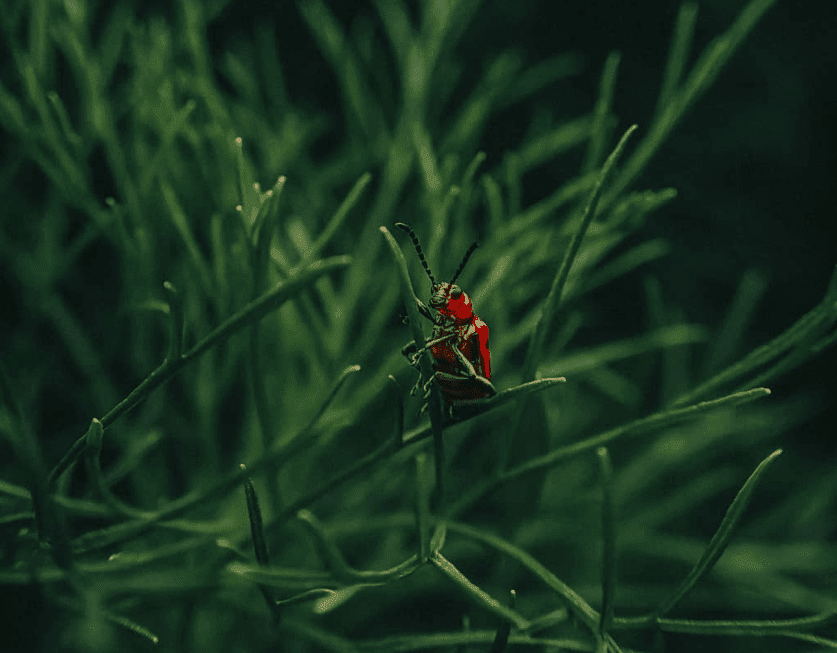Macro photography is a fascinating genre of photography that involves capturing extreme close-up images of small subjects such as insects, flowers, and other small objects. Here's everything you need to know about macro photography:
1.What is Macro Photography?
Macro photography is the art of capturing small subjects at a very close range. The images are usually magnified and capture intricate details that are often invisible to the naked eye.

2.Equipment for Macro Photography
To get started with macro photography, you will need a camera, a lens capable of focusing on close subjects, and some accessories like a tripod, a remote shutter release, and a ring light or flash for illumination. Macro lenses come in a range of focal lengths, from 50mm to 200mm, and can be either prime or zoom lenses. Extension tubes and close-up filters can also be used to achieve macro-like results with non-macro lenses.
3.Lighting in Macro Photography
Good lighting is essential in macro photography since small subjects often require more light to capture the intricate details. You can use natural light, flash, or a combination of both to light your subject. When using natural light, avoid harsh sunlight, and try to shoot during the early morning or late afternoon when the light is softer. Ring lights are also popular for macro photography, as they provide even illumination around the subject.
4.Composition in Macro Photography
Composition is an important aspect of macro photography. Since the subjects are small, you'll need to get close to them, and sometimes even move them around to achieve the desired composition. Pay attention to the background and foreground, as they can have a significant impact on the overall image. Look for interesting angles and perspectives to add depth and dimension to your shots.
5.Camera Settings for Macro Photography
When it comes to camera settings, aperture and shutter speed are crucial in macro photography. A wider aperture will give you a shallower depth of field, which can be used to isolate the subject from the background. However, a narrow aperture will increase the depth of field and help keep the entire subject in focus. A higher shutter speed is also important since any movement, no matter how slight, can result in blurry images.

6.Challenges in Macro Photography
Macro photography can be challenging due to the small size of the subject, the need for precise focusing, and the limited depth of field. Shooting at high magnification also means that any camera movement can result in blurry images. Additionally, lighting can be tricky since the close proximity of the subject can create shadows and reflections.
7.Tips for Macro Photography
To get the best results in macro photography, here are some tips to keep in mind:
- Use a tripod or stabilize your camera to avoid camera shake.
- Experiment with different angles and perspectives to add interest to your shots.
- Pay attention to the background and foreground to avoid distracting elements.
- Use manual focus for greater precision and control.
- Shoot in RAW format to retain more information and have more flexibility in post-processing.
- Take your time and be patient since small subjects can be challenging to photograph.
Overall, macro photography is a fascinating genre of photography that can reveal a whole new world of detail.


Share:
What is macro vs micro photography?
7 Reasons to use a tripod in 2023